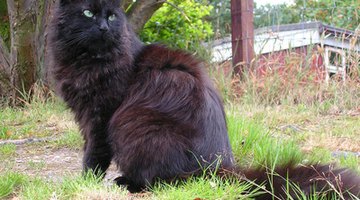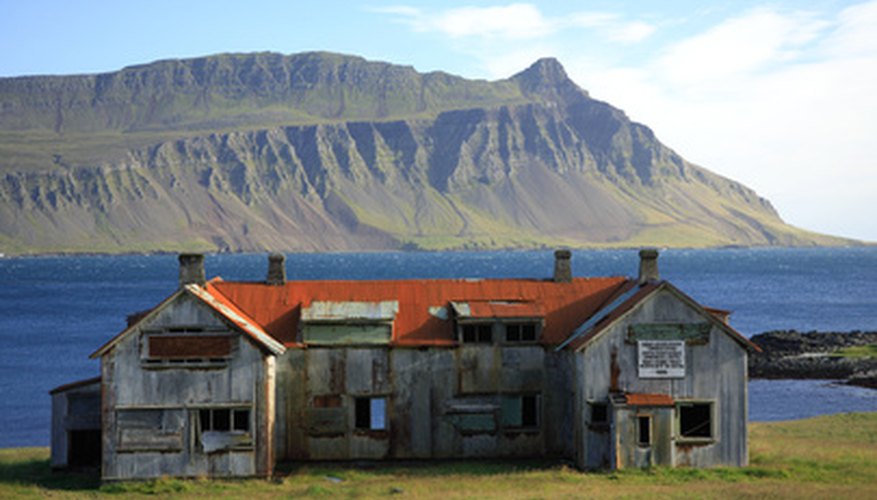Iceland is a European nation in the North Atlantic sea, with a population of just over 300,000. Until the ninth century, Iceland was an uninhabited island. Holiday traditions and folklore passed down from Norwegian settlers continued to thrive as Iceland developed as a nation, while Icelanders created their own folk beliefs and games as well. Children's games in Iceland reflect both the traditions of its Scandinavian ancestors and of the island's natural landscape.
"Cowboys and Indians"
"Cowboys and Indians," a seemingly American children's game, pits playmates against one another. Children in Iceland once partook in this classic role-play game but with an Icelandic twist; the "guns" used by children were often the jawbone of a preserved and burnt sheep's head.
- "Cowboys and Indians," a seemingly American children's game, pits playmates against one another.
- Children in Iceland once partook in this classic role-play game but with an Icelandic twist; the "guns" used by children were often the jawbone of a preserved and burnt sheep's head.
The jaw bone was one part of the sheep's head left intact after families would eat the edible parts of what remained. Icelanders created a tradition of preserving sheep's heads for food and using every bit as possible for sustenance. Because little would grow on the island, Icelanders were limited to sheep and seafood for nourishment in the early days. Icelandic children incorporated the jawbone of the sheep as a toy, and in the 1940s, they used the leftover jawbone of the sheep's head as a prop gun when playing games, one of which was the well-known "Cowboys and Indians." Today, sheep's head is eaten as a cultural tradition in Iceland.
Yule Cat

Christmas, or "Yule" in Iceland, is practised with traditions descended from its Norwegian background. The Yule Cat is a holiday folk character with a game of consequence attached to the belief. The children are given a chore to complete. Those who finish the chore in a timely manner get a new article of clothing; those who do not will be sent to the Yule Cat, and their fate will be uncertain. The objective is to work and finish what needs to be done before Christmas; if it is not done, the child is punished. This teaches children the value of efficiency in work and makes such concepts fun by integrating them into the holiday spirit.
- Christmas, or "Yule" in Iceland, is practised with traditions descended from its Norwegian background.
- This teaches children the value of efficiency in work and makes such concepts fun by integrating them into the holiday spirit.
Flengingardagur
Another seasonal holiday, "Whipping Day" or "Flengingardagur" in Icelandic, is a tradition where the children "whip" their parents or other adults living in the house. Children take part in the festivities by whipping those still in bed with small paper whips. The ones being whipped must provide the children with a bun or a muffin. The "whipping" is done all in fun, and no one gets hurt. Making the "whips" from coloured paper is part of the festivities for the children.
- Another seasonal holiday, "Whipping Day" or "Flengingardagur" in Icelandic, is a tradition where the children "whip" their parents or other adults living in the house.
